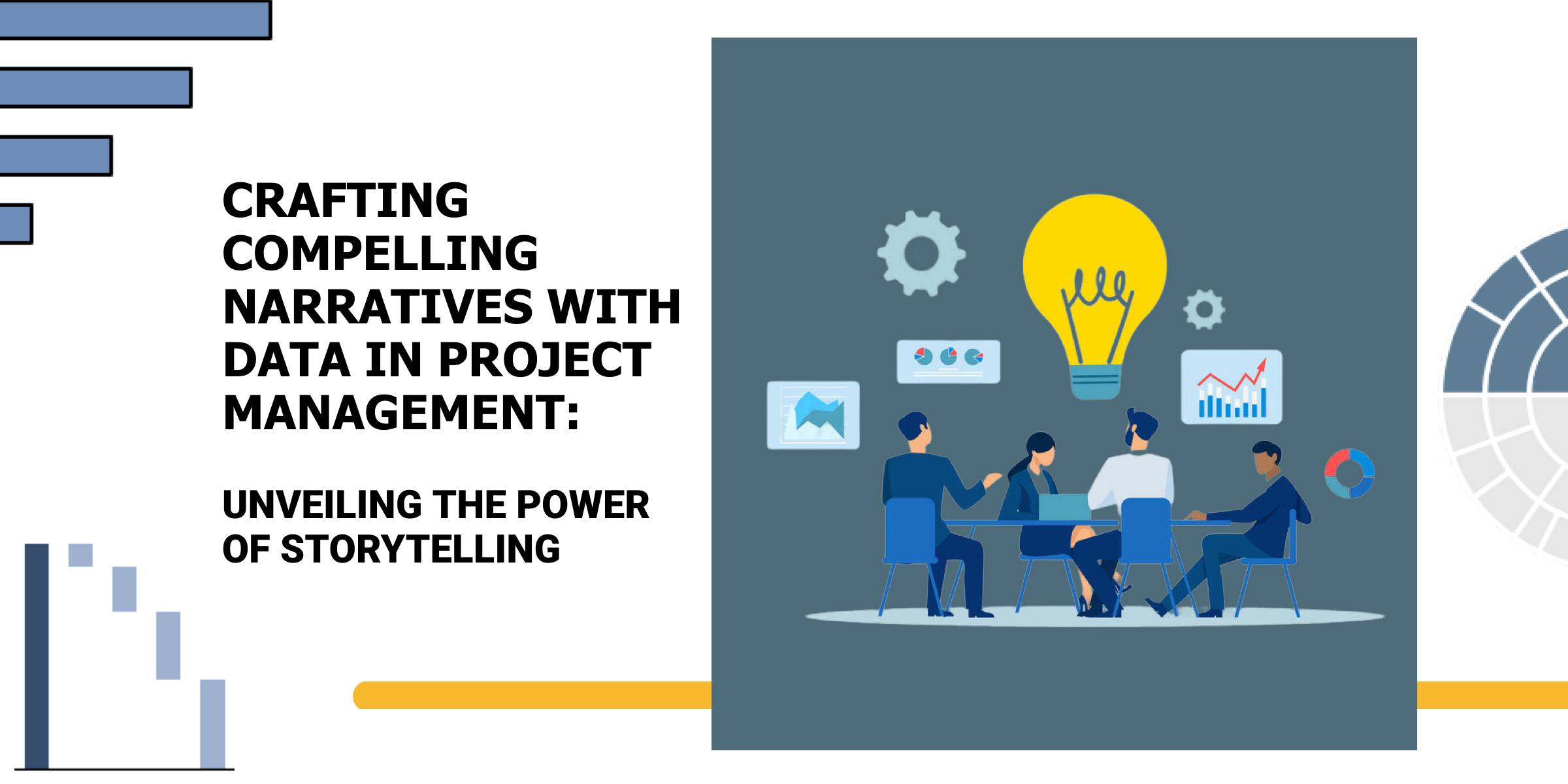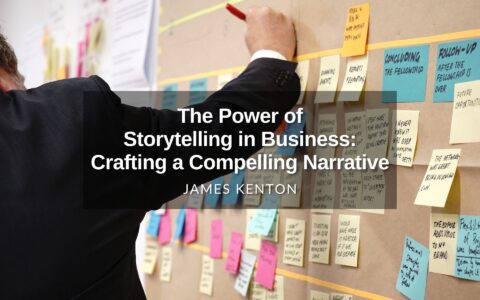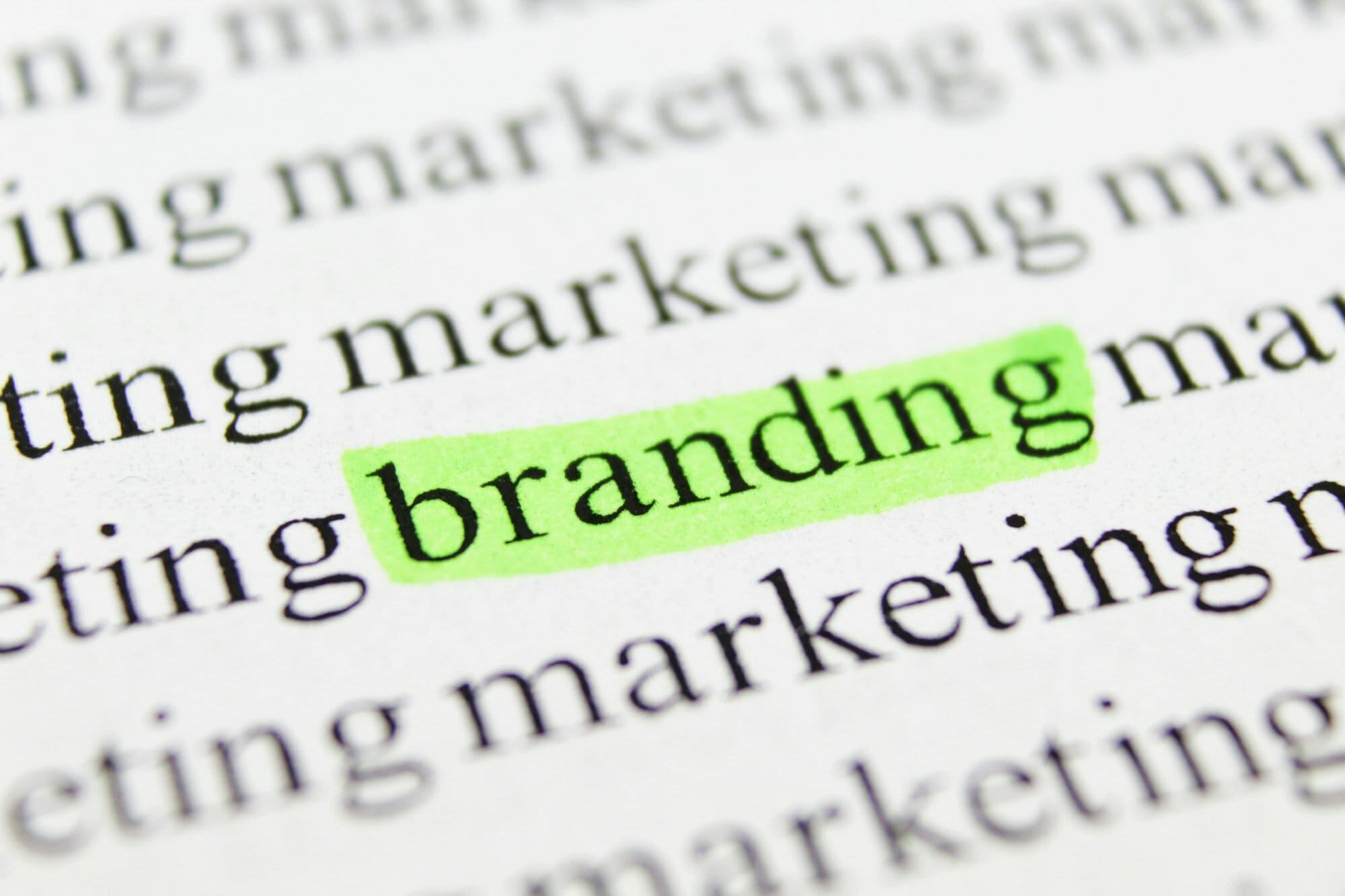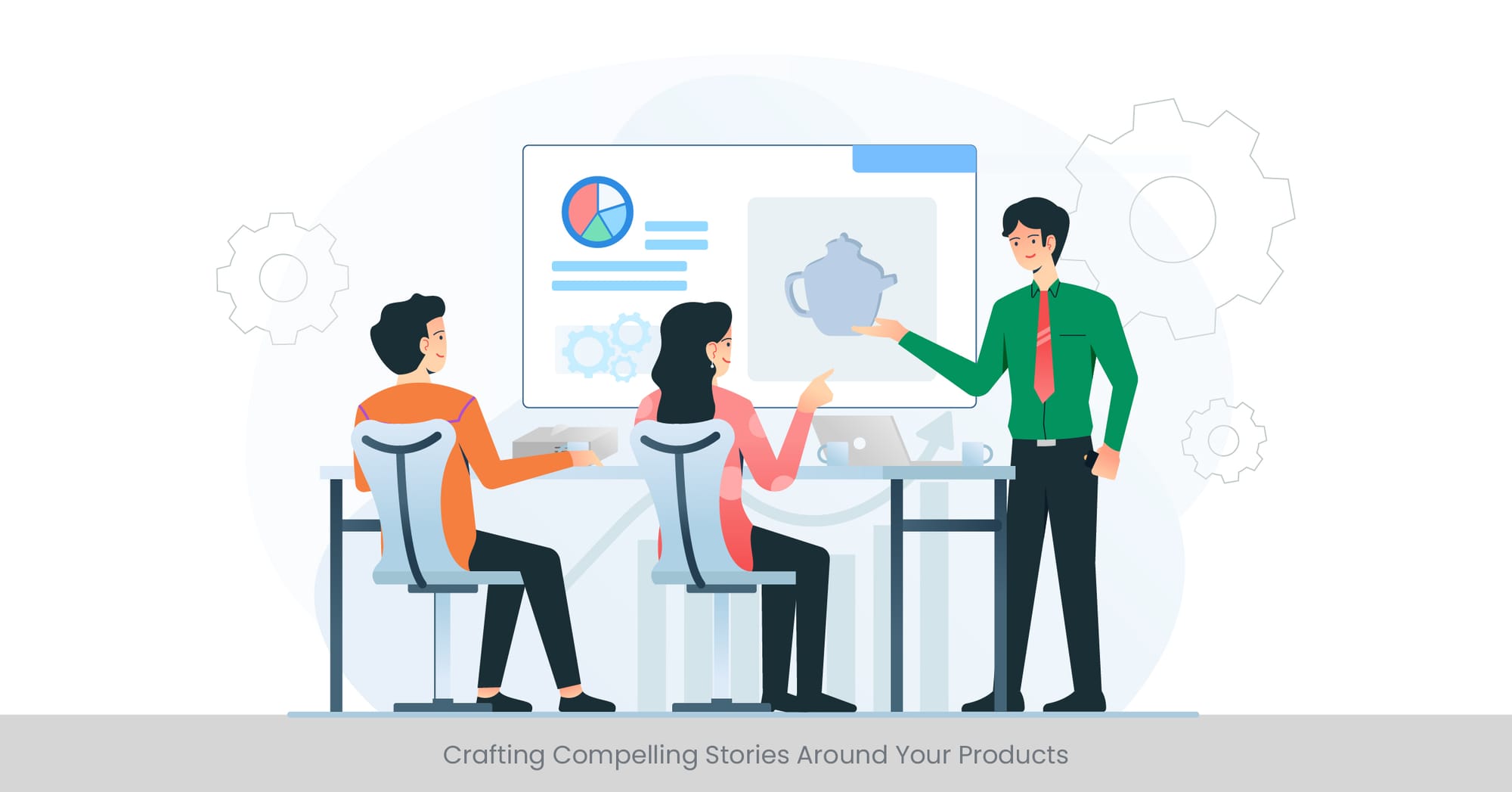Unlocking the Power of "Why": Crafting Compelling Product Narratives

As an interior design and architecture expert, I’ve learned that the most successful projects are built on a foundation of clear communication. Just like a well-designed home, a product or service needs to be presented in a way that resonates with its intended audience. This means understanding not just the "what" of your offering, but the powerful "why" behind it.
Understanding Your Ideal Customer: The Cornerstone of Effective Communication

Before diving into features and benefits, let’s start with the most important element: understanding your ideal customer. This isn’t about a generic "everyone" approach. It’s about pinpointing a specific demographic with unique needs, desires, and pain points.
Here’s a framework for crafting a customer persona:
- Demographics: Age, gender, location, income, education, family status, occupation.
- Psychographics: Values, interests, hobbies, lifestyle, personality traits, aspirations, fears.
- Needs & Pain Points: What problems are they facing? What are their frustrations? What are they looking for in a solution?
- Motivations: What drives their purchasing decisions? What are their priorities?



The "Why" Matters More Than the "What": Connecting on an Emotional Level
Once you understand your ideal customer, you can start crafting a narrative that speaks directly to their needs and desires. This is where the "why" comes into play.

Features vs. Benefits: The Difference That Makes a Difference
- Features: These are the tangible aspects of your product or service. They are the "what" – the components, specifications, and technical details.
- Benefits: These are the intangible outcomes that your product or service delivers. They are the "why" – the value, solutions, and improvements that your offering provides to the customer’s life.



Example:
- Feature: A kitchen countertop made of durable quartz.
- Benefit: A kitchen countertop that is resistant to scratches, stains, and heat, ensuring a beautiful and functional space for years to come.

The Power of Storytelling: Humanizing Your Product

Don’t just list features and benefits; weave them into a compelling story that connects with your audience on an emotional level. Here are some storytelling techniques:
- Highlight the "Before and After": Show the problem your product solves and the positive transformation it brings.
- Focus on the Customer Journey: Emphasize the specific challenges your customer faces and how your product provides a solution.
- Use Testimonials and Case Studies: Let real customers share their experiences and validate the value of your offering.
- Create a Sense of Urgency: Highlight the benefits of acting now and the potential consequences of waiting.


Example:
Imagine you’re selling a smart home security system. Instead of simply listing features like "HD cameras" and "motion sensors," you could tell a story about a homeowner who feels vulnerable and anxious about their safety. Your system becomes the solution, providing peace of mind and a sense of security, allowing them to relax and enjoy their home.
The Art of Persuasion: Crafting a Call to Action
Your goal is to guide your audience towards a purchasing decision. A clear and compelling call to action is essential:
- Make it Easy: Provide clear instructions on how to buy, sign up, or learn more.
- Create a Sense of Urgency: Offer limited-time discounts, exclusive promotions, or a sense of scarcity.
- Highlight the Value: Reiterate the key benefits and emphasize the positive impact your product will have.
Examples:
- "Order now and receive a free installation!"
- "Don’t miss out on this limited-time offer!"
- "Invest in your future with our innovative solution!"
Key Takeaways for Effective Product Communication:
- Know your ideal customer: Understand their needs, desires, and pain points.
- Focus on the "why": Highlight the benefits and solutions your product provides.
- Tell a compelling story: Connect with your audience on an emotional level.
- Use strong calls to action: Guide your audience towards a purchasing decision.
Remember: Effective communication is about building trust and creating a connection. By focusing on the "why" and understanding your ideal customer, you can create a compelling narrative that resonates with your audience and drives sales.

